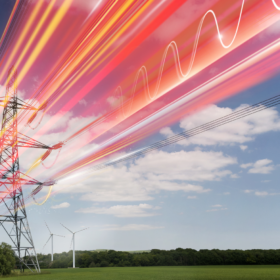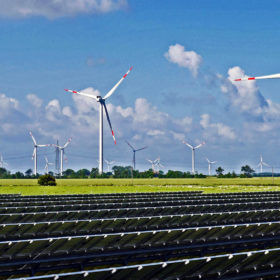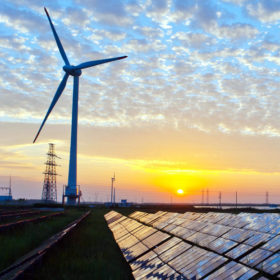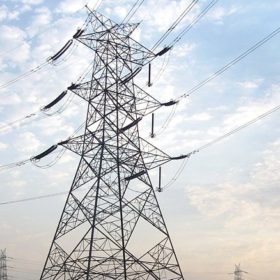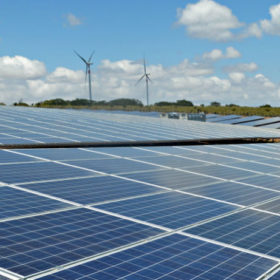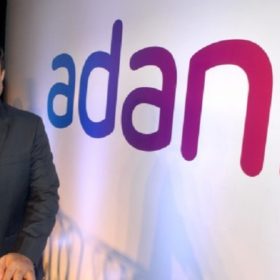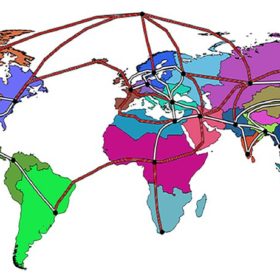Hitachi Energy introduces Grid-enSure to advance India’s transition to sustainable energy
Hitachi Energy’s Grid-enSure portfolio comprises high-voltage direct current (HVDC), static compensator, static frequency converter, medium-voltage direct current solution, energy storage and semiconductor solutions to address the challenges in integrating renewables into power systems.
Integrating higher share of renewable energy in India’s power system
To increase the share of renewable energy, India needs to introduce demand-side measures like time-of-use tariffs, develop a well-connected national grid, deploy various energy storage options for grid balancing services, and convert its fossil-fuel-powered fleet to operate flexibly.
One Nation, One Grid, One Price
The Indian power sector is set for a revolution with the proposed market-based economic dispatch (MBED) mechanism. MBED aims to establish a uniform pricing framework that prioritizes the least cost and most efficient generators while backing down more expensive ones, thereby creating a national merit order.
Flagging off the energy transition decade
With the draft National Electricity Policy (NEP) 2021, India is providing the right policy direction for this decade of the energy transition. Yet, there is room for further improvement.
Implementing time-of-use tariff for peak load management
Time-of-use (ToU) tariff can be applied to encourage domestic and industrial consumers to shift their electricity usage to non-peak hours, thereby reducing the system’s load during peak periods. A new study examines the feasibility of the ToU tariff policy in the state of Gujarat. It also suggests a framework and effective roadmap for the utilities to understand the procedure and required infrastructure to implement ToU.
Ieefa proposes a three-pronged approach for grid firming
A new report discusses battery storage, green hydrogen, and flexible coal-fired power generation as key grid firming options for India as solar and wind are poised to form 51% of the nation’s total installed generation capacity by 2030.
TERI, POSOCO partner on grid balancing research
The partnership will lead to enhanced power system modeling backed with rich data-sets to identify interventions for addressing power sector problems like grid instability.
India to have 60% electricity generation from renewables by 2030
To support renewable energy integration, the government aims to make the thermal capacity flexible, almost 55% in the first stage and gradually extend it to the entire capacity.
Adani chief talks solar and hydrogen storage opportunity
Covid-19 crisis has provided system operators with insights on keeping the grid stable with high levels of renewable penetration. Post Covid-19, this may be the new norm, Gautam Adani said in a LinkedIn post recently.
Global supergrid vs. regional supergrids
Researchers from Finland’s Lappeenranta University of Technology have assessed the economic advantages of a fully interconnected global network. They found that an international grid could contribute to a global LCOE of €52.50/MWh. The higher complexity of such a system, however, would only be marginally compensated by additional economic benefits.
